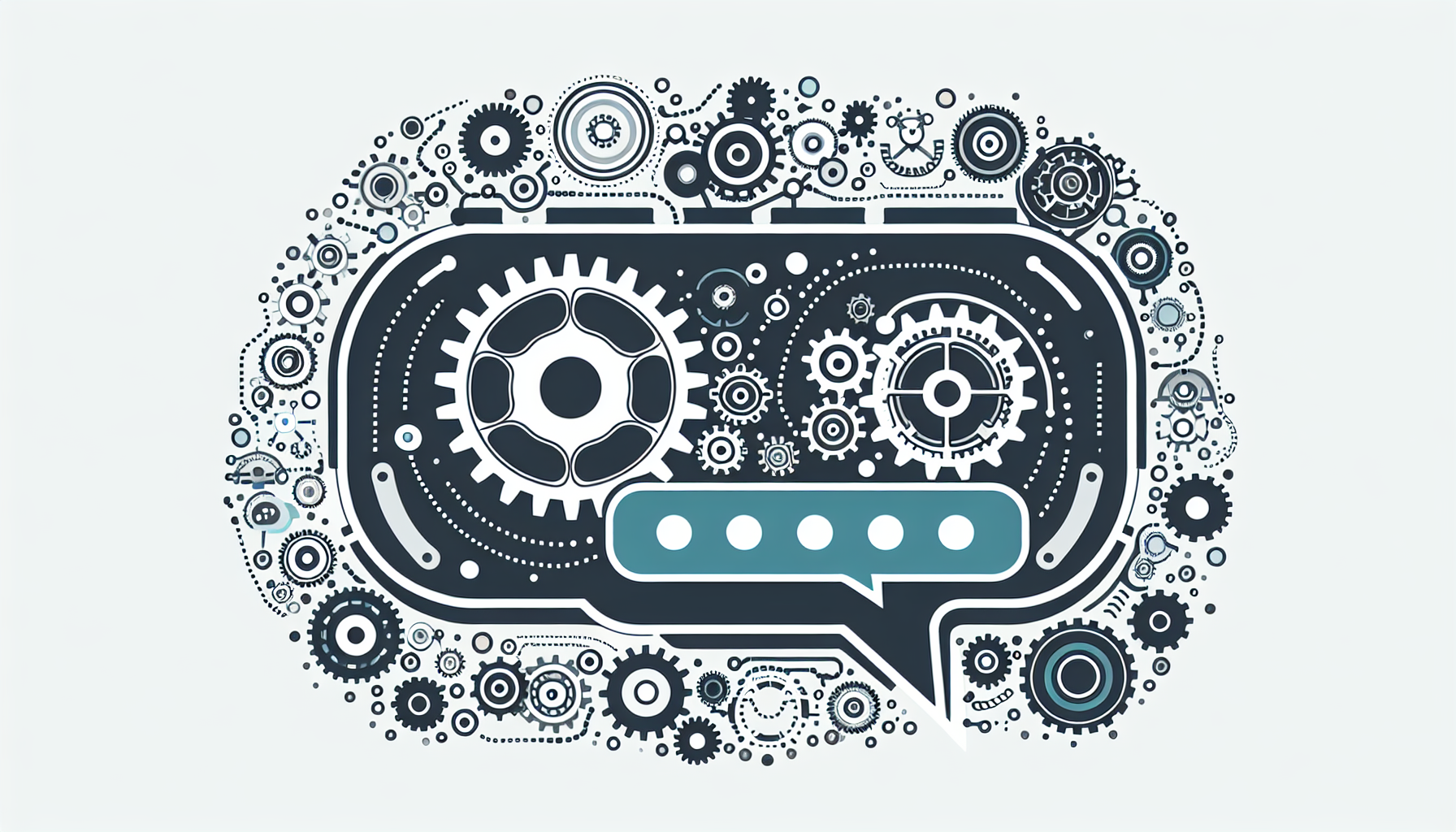Understanding Automation Tools
In today’s fast-paced digital landscape, leveraging automation tools is essential for businesses seeking efficiency and growth. Automation enhances productivity by reducing manual processes, thus allowing teams to focus on more strategic initiatives. Among the multitude of tools available, ChatGPT stands out as an innovative solution for various automation needs, from customer service to content generation.
What is ChatGPT?
ChatGPT, developed by OpenAI, is an advanced language model trained to understand and generate human-like text. Powered by artificial intelligence, it employs machine learning techniques to provide intelligent responses, making it ideal for chat interfaces, marketing, or even as a virtual assistant. Its versatility makes it applicable across different sectors, enhancing how businesses interact with their customers and manage their operations.
Key Features of ChatGPT
-
Natural Language Processing (NLP): At its core, ChatGPT utilizes sophisticated NLP capabilities that allow it to comprehend context, sentiment, and intent behind user queries, enabling meaningful interactions.
-
Customizability: Businesses can fine-tune ChatGPT to align with their specific needs. Custom training on unique content helps ChatGPT understand particular terminologies, phrases, and contexts relevant to a specific industry.
-
Multilingual Support: ChatGPT supports multiple languages, making it suitable for global businesses or those looking to reach diverse audiences effectively.
-
Scalability: This tool can handle a significant volume of inquiries seamlessly, allowing businesses to scale their customer interactions without requiring proportional increases in staff.
-
Integration Capabilities: ChatGPT can easily integrate with various platforms, including CRMs, websites, and marketing automation tools, enhancing its utility across different processes.
Use Cases of ChatGPT
-
Customer Support: ChatGPT can function as an AI chatbot, handling customer inquiries 24/7, offering instant responses, and resolving issues without human intervention. This significantly reduces response times and improves customer satisfaction.
-
Content Creation: Marketers and content creators utilize ChatGPT to brainstorm ideas, draft articles, or create ad copy. Its ability to generate coherent and relevant text enables users to produce high-quality content rapidly.
-
Market Research: ChatGPT can assist in aggregating insights from various data points, aiding businesses in understanding market trends and customer preferences effectively.
-
E-Learning: The tool can serve as a personal tutor, providing explanations, answering questions, and offering interactive learning experiences by simulating discussions on various topics.
-
Personal Assistants: Users can leverage ChatGPT as a personal assistant, organizing schedules, managing tasks, and setting reminders, thus optimizing productivity.
Choosing Your ChatGPT Plan
OpenAI provides various subscription options to access ChatGPT, catering to different levels of usage:
-
Free Tier: Ideal for individuals wanting to explore the capabilities of ChatGPT. While it includes basic features, it may have limitations in responsiveness and volume.
-
Pro Plan: This subscription is designed for businesses seeking enhanced performance and reliability. It allows higher usage quotas, priority access during peak times, and additional customization options.
-
Enterprise Solutions: Tailored for large organizations, these packages include advanced features such as API access for tight integrations, elevated security protocols, and dedicated support.
SEO Optimization and Content Strategy
When utilizing ChatGPT for content creation, ensure that SEO best practices are integrated into your content strategy. Here are strategies to optimize content generated by ChatGPT:
-
Keyword Research: Identify relevant keywords related to your niche. Incorporating these strategically within your content helps improve visibility in search engine results.
-
Content Structure: Use headings, subheadings, bullet points, and short paragraphs. This enhances readability and user engagement, a factor that search engines prioritize.
-
Meta Descriptions: Always create compelling meta descriptions that encapsulate the article’s essence while containing primary keywords. This boosts click-through rates from search results.
-
Internal Linking: Ensure that content includes internal links to other articles or resources on your website. This not only aids in navigation but also distributes authority across your site.
-
User Engagement: Encourage user interaction through calls to action (CTAs), such as comments or shares, which signal engagement to search engines and enhances overall site ranking.
Analytics and Performance Measurement
Monitoring the performance of automation tools like ChatGPT is crucial. Utilizing analytical tools can help evaluate key metrics such as user engagement, chat resolution times, and content performance. Track the following metrics:
-
Response Accuracy: Assess how well ChatGPT understands and responds to user queries. Constantly refine the model to improve this by analyzing areas where misunderstandings occur.
-
Customer Satisfaction Score (CSAT): Implement surveys post-interaction to gauge user satisfaction, which highlights areas for improvement and confirms successful interactions.
-
Engagement Metrics: Assess user interaction levels, such as session duration or click-through rates on suggestions provided by ChatGPT.
-
Conversion Rates: Track how effectively interactions with ChatGPT lead to desired actions, such as purchases or sign-ups, to measure its impact on business outcomes.
Challenges and Limitations
While ChatGPT provides significant advantages, it is essential to acknowledge potential challenges:
-
Understanding Nuance: Despite its advanced capabilities, ChatGPT may struggle with nuanced questions or context that requires deep understanding beyond its training data.
-
Dependency on Quality Data: The effectiveness of ChatGPT is largely contingent upon the quality of data it has been trained on; biases in data can lead to biased outputs.
-
Security Concerns: Handling sensitive information necessitates robust security measures. Ensure that customer data is safeguarded during interactions.
-
Real-time Applications: For industries requiring real-time information updates, ChatGPT may face limitations as it relies on pre-existing data and may not always access the most current news or events.
Choosing automation tools like ChatGPT can significantly enhance operational efficiency, customer engagement, and content generation. With thoughtful implementation and continuous optimization, businesses stand to gain substantial value from adopting this AI-driven solution.


